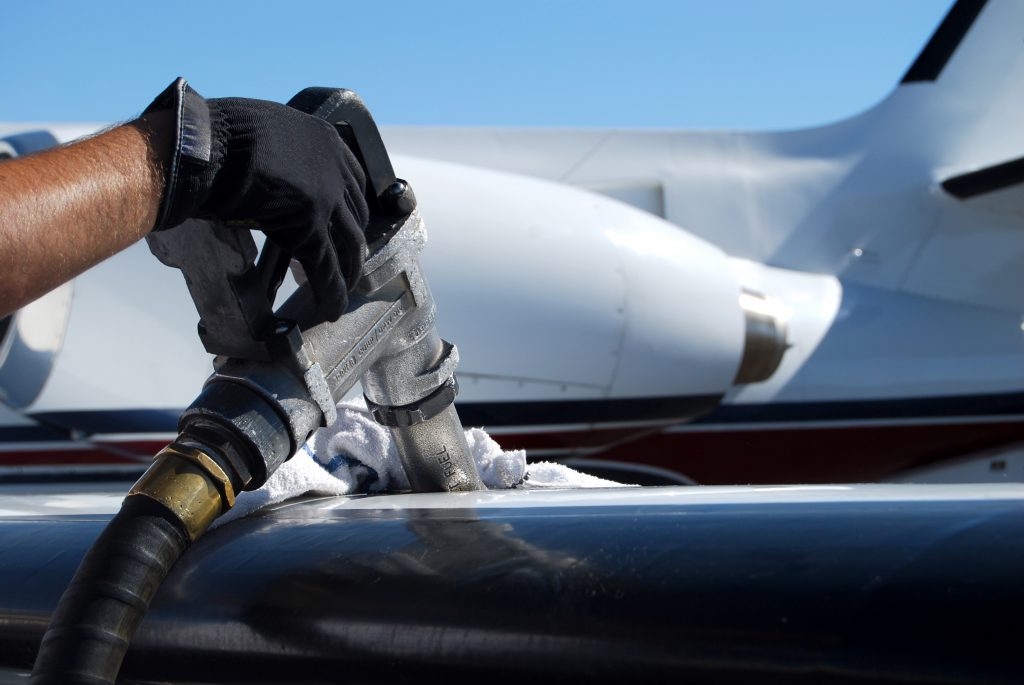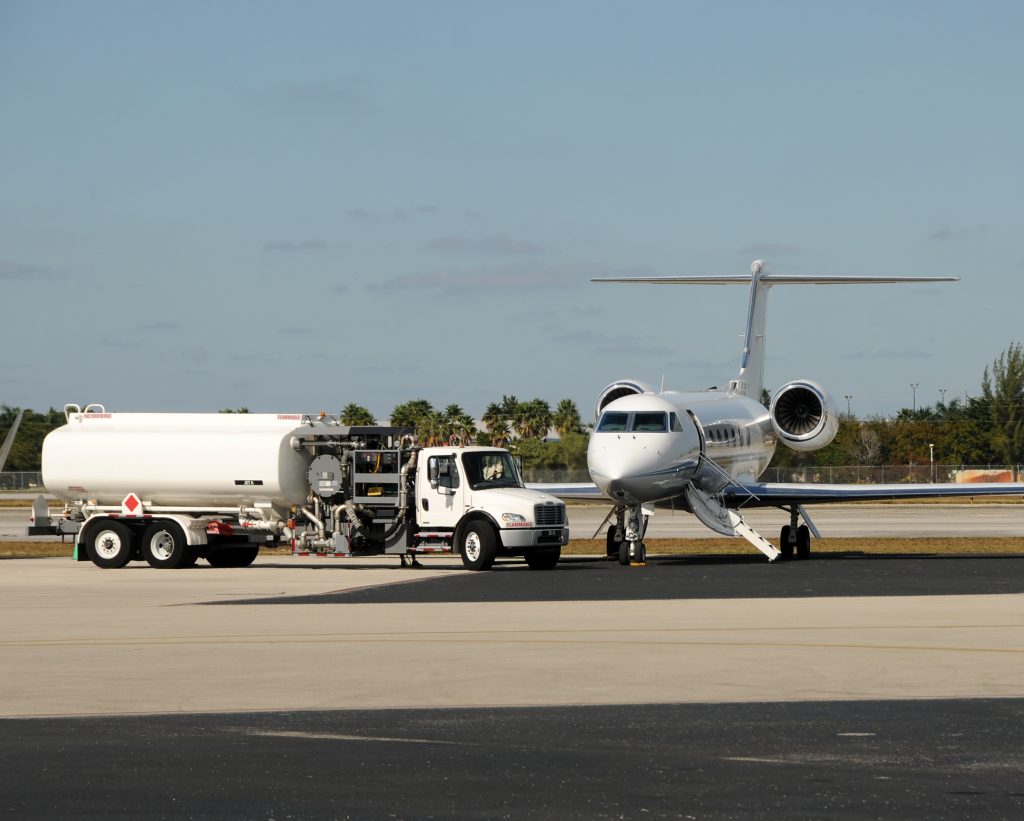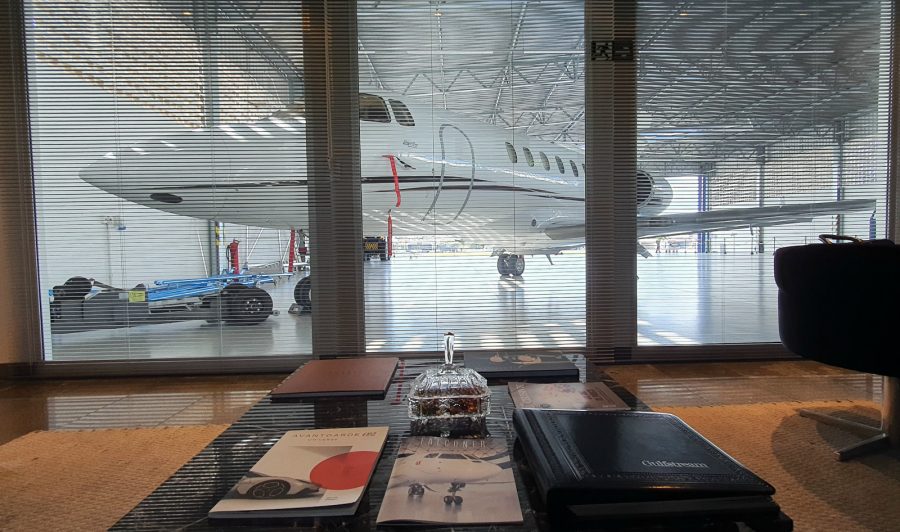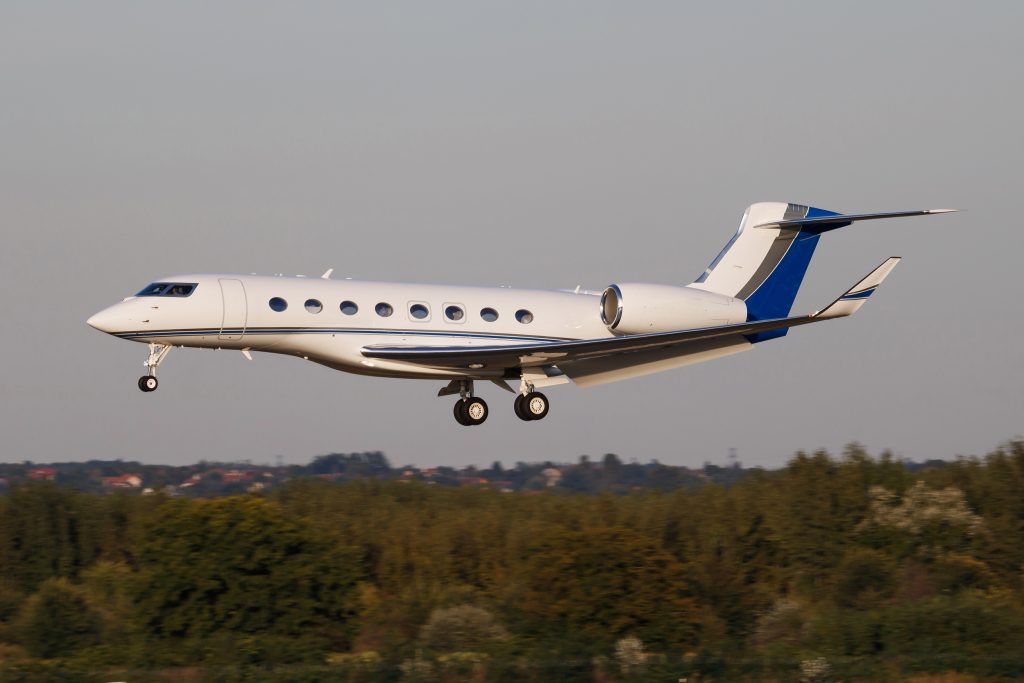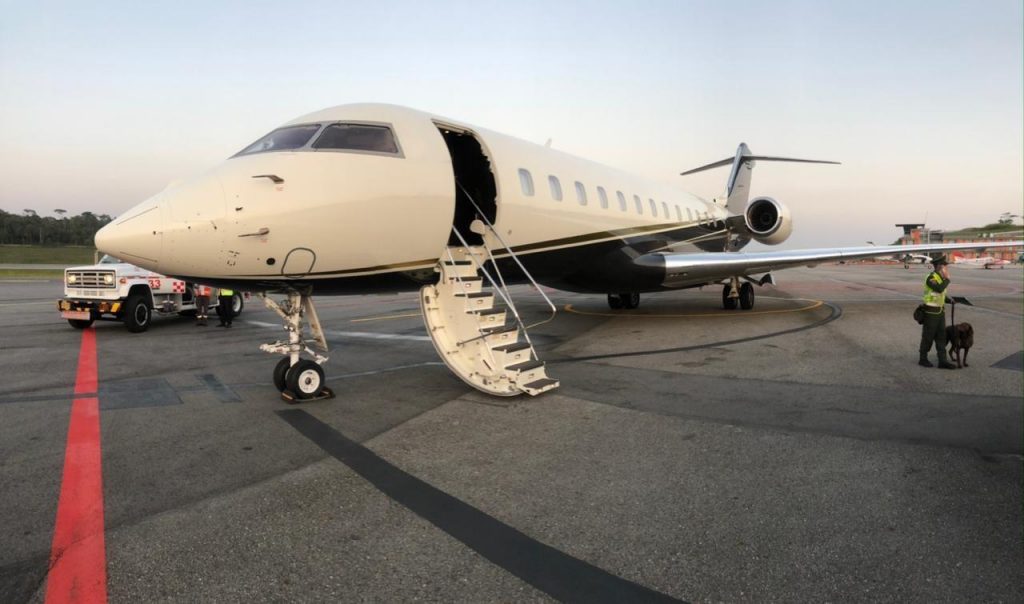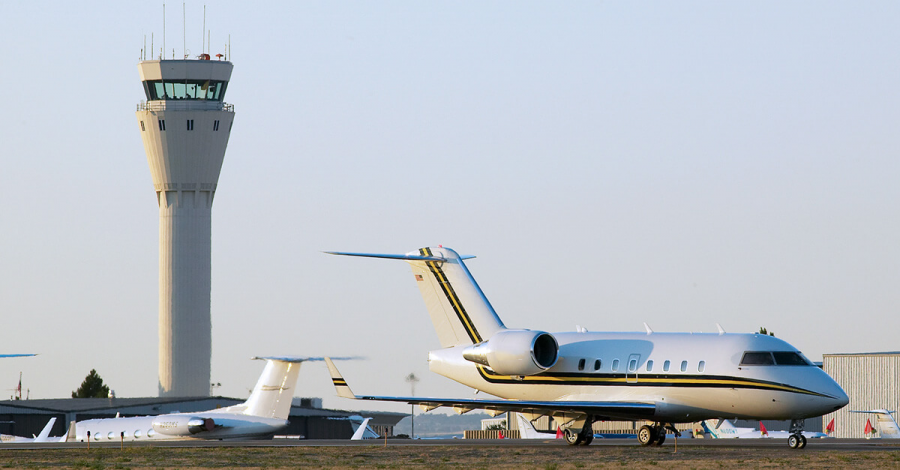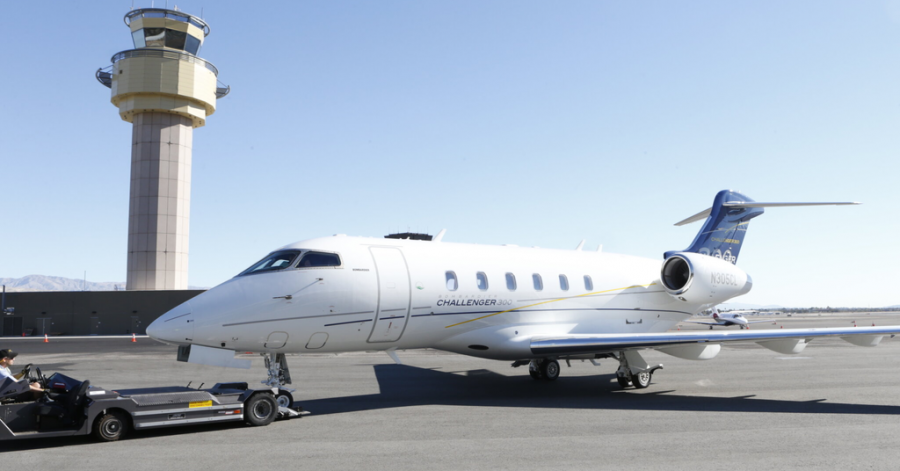Switch to:
 EN
EN  Português (PT)
Português (PT)  Español (ES)
Español (ES)
Shared ownership aviation has gained notoriety in recent years as it offers a good alternative for anyone wanting to enjoy the benefits of owning an aircraft without having to deal with the costs and responsibilities associated with full ownership. In the model, each owner who buys a share acquires a fraction of the asset. In addition to paying a monthly amount to cover fixed and variable costs according to use. In this way, each shareholder enjoys the comfort and convenience of flying in a private aircraft.
Types of contracts
Temporary assignment of use
In the temporary use assignment contract, there is no charge for the flights and the owner is not allowed to use the aircraft during the period, since he has given it to someone else to operate it. In this type of arrangement, the full costs associated with operating the aircraft, such as fuel , maintenance and crew, are borne by the person using the aircraft.
Exchange
A barter agreement establishes an agreement in which one owner makes his aircraft available to another for a period of time and, when necessary, has the right to use the second person’s plane or helicopter. Both parties can use the aircraft, being responsible for paying in proportion to their use. In this modality, there is no payment for use, except for the difference in ownership, operation and maintenance costs between all aircraft involved in the contract. This form of shared aviation offers an economical option for participants, allowing each party to use the other’s aircraft at specific times, without the need to pay additional amounts beyond operating expenses proportional to the actual use of the aircraft.
Common property
A common ownership contract is established when one of the owners of an aircraft provides the crew it already employs for everyone’s use, while the other parties involved under the contract share the total costs, including the crew. This modality allows all owners to contribute financially to the aircraft and have the right to use it by quotas. Regarding the costs of specific flights, the following items may be charged:
Fuel
The cost of fuel is one of the main factors that impact the price of a flight. The price varies according to fluctuations in the oil market. The amount needed for the flight is determined by the distance between the segments and the aircraft used.
Oil, lubricants and other additives
These items are essential for the maintenance and proper functioning of the aircraft. Their costs affect the price of the flight, as they are necessary inputs to ensure the safety and performance of the aircraft.
Crew travel expenses
Expenses with food, accommodation and ground transportation for the crew also impact the price of the flight. These additional costs are taken into account when calculating the total amount of the operation.
Hangar and parking outside the base of operation
The storage and parking of the aircraft in locations other than its operational base may incur additional fees.
Flight-specific insurance
Specific insurance to cover the flight, such as life insurance, is important to ensure the safety of passengers and the aircraft.
Airport, landing and similar fees
Airports charge different fees for the use of their facilities and services. These fees are included in the price of the flight and may vary depending on the airport infrastructure and the size of the aircraft.
Customs and foreign fees
International flights require the payment of customs and foreign taxes related to entering and leaving the destination country, in addition to overflight fees.
Food and drinks on board
The offer of meals and drinks on board can be an additional service offered, which can impact the price of the flight – especially in long-haul flights.
Passenger land transport
Expenses with ground transportation of passengers can impact the total price of the trip. The distance between the airport and the lodging or other destination is taken into account, and may include transfers, taxis and transfers, according to the preferences and needs of the passengers.
Tariffs for using navigation, communications and meteorology facilities
Tariffs refer to the use of infrastructure and services for air navigation, communications and weather forecasting . These costs are included in the flight price to ensure the safe operation of the aircraft.
The above variables are shared between the owners according to the terms established in the common property contract. In this way, each one contributes to the operating and administrative expenses related to the aircraft. This type of shared ownership allows costs to be shared fairly. In the contract, the owners have access to the obligations and responsibilities of each one, guaranteeing a transparent and beneficial agreement for all.

